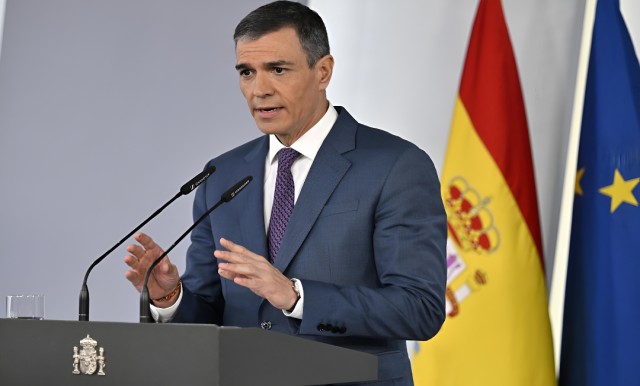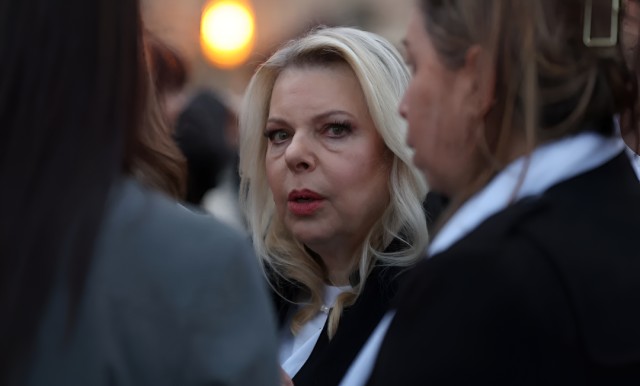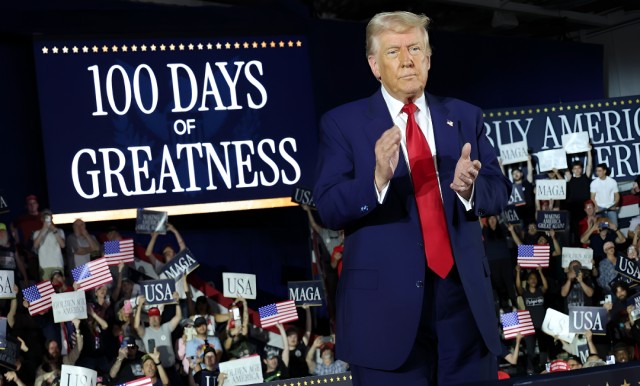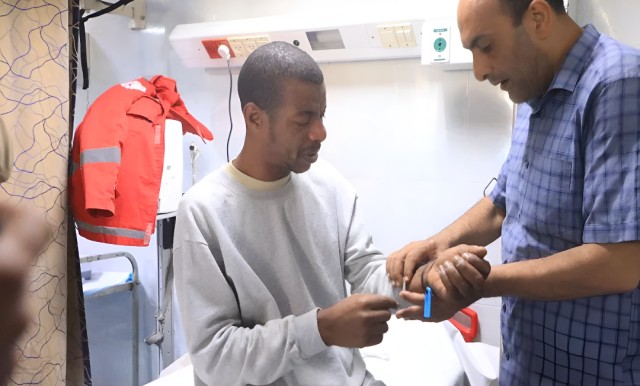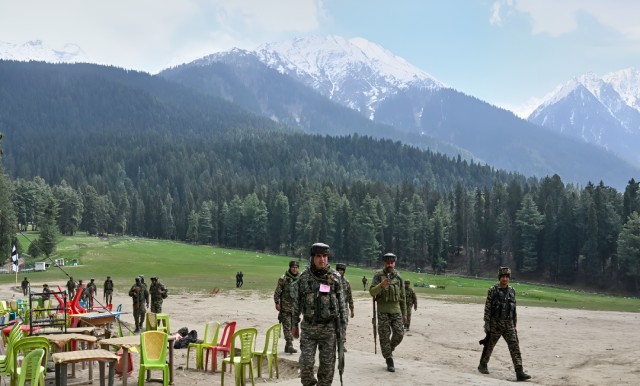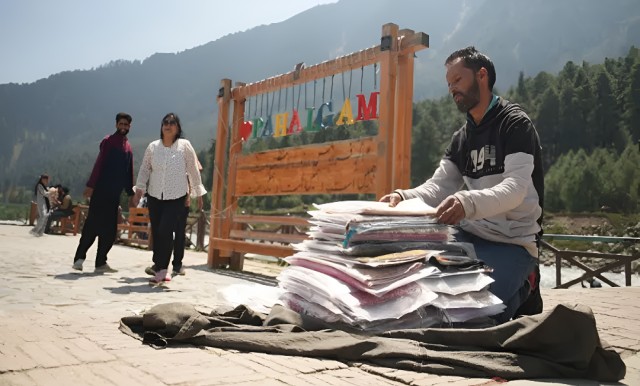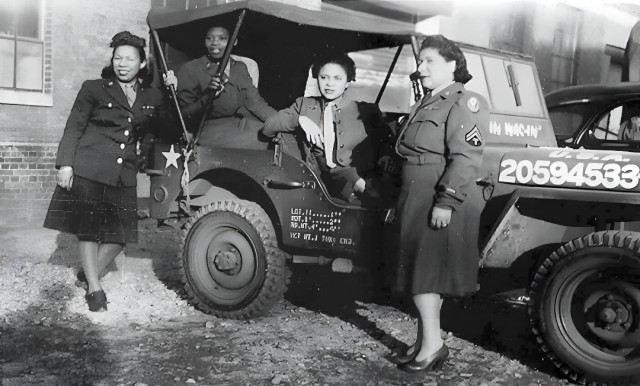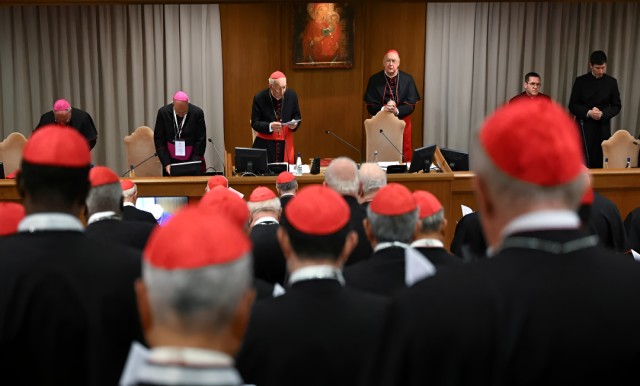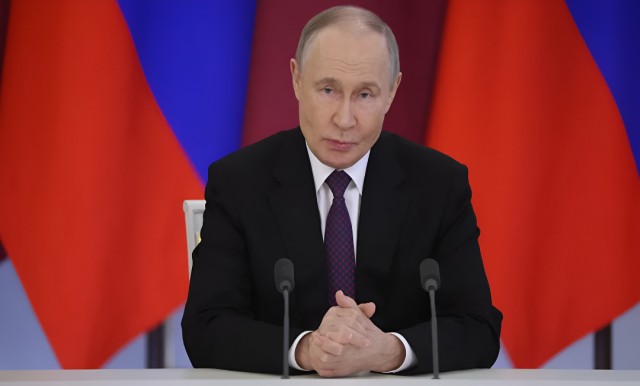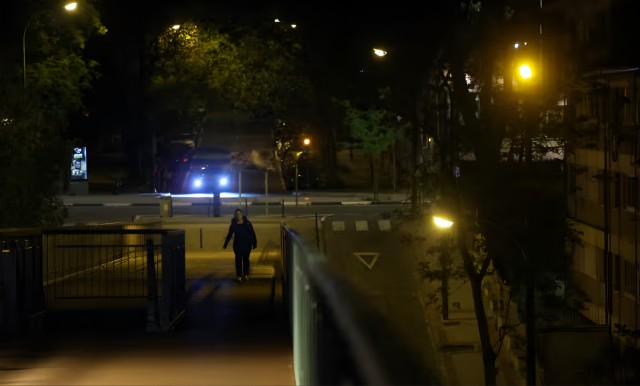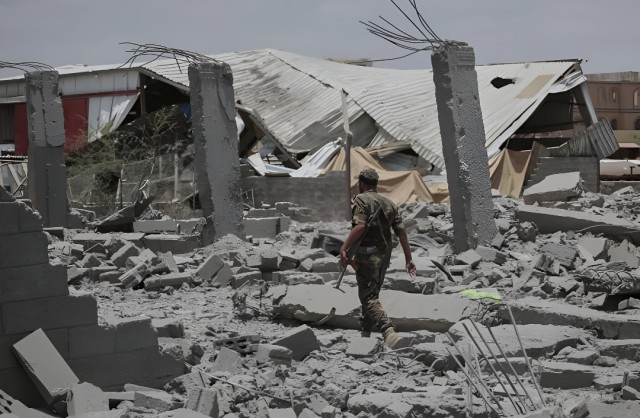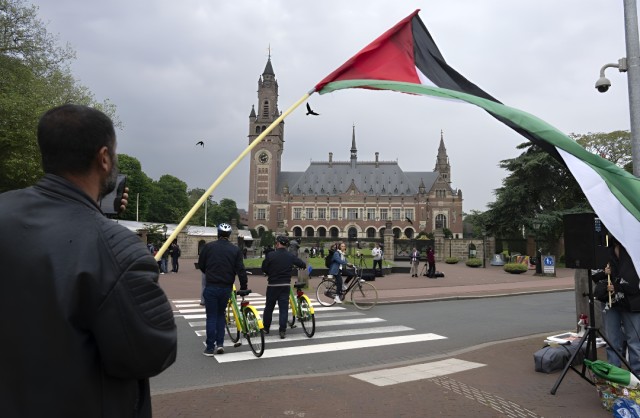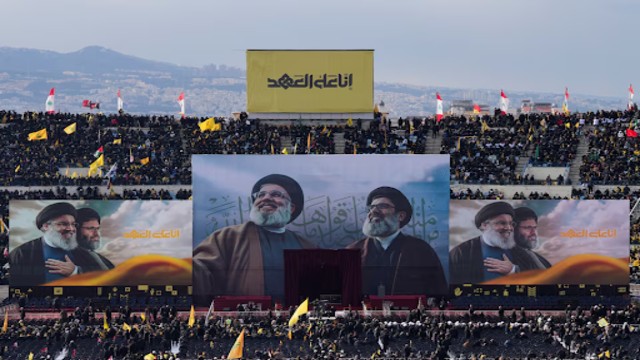
A man wearing a Hezbollah flag over his shoulders watches during the public funeral for Hezbollah leaders Hassan Nasrallah and Hashem Safieddine, who were killed in Israeli airstrikes last year. The ceremony took place at Camille Chamoun Sports City Stadium in Beirut, Lebanon, on February 23, 2025. REUTERS
Hundreds of thousands gathered in Beirut on Sunday to bid farewell to Hezbollah leader Hassan Nasrallah, nearly five months after his death in an Israeli airstrike. Supporters carrying his pictures and Hezbollah flags packed the Camille Chamoun Sports City stadium in southern Beirut. The massive funeral procession later moved through the streets before his burial nearby.
A Lebanese security source estimated about a million people attended. The event showed Hezbollah’s resilience despite suffering major losses in recent conflicts. Nasrallah, a key figure in Hezbollah’s rise as a powerful military force, played a major role in its battles with Israel.
Hezbollah’s current leader, Naim Qassem, addressed the mourners via a screen from an undisclosed location. He assured supporters that Hezbollah remains strong despite recent setbacks. "We will not accept continued killings and occupation while we stand by," he said.
Although Israel withdrew most of its forces from southern Lebanon, airstrikes continue, targeting Hezbollah positions. Israeli troops still hold five key positions along the border. They have also detained Hezbollah fighters and Lebanese civilians. Qassem vowed to push for their return and called on the Lebanese government to secure a full Israeli withdrawal through diplomatic means.
Qassem warned that Hezbollah would decide when to act. "We choose when to strike and when to wait," he said. Meanwhile, Israeli warplanes flew over Beirut during the funeral, sparking chants of "Death to Israel" from the crowd.
Israel’s foreign minister, Israel Katz, responded on social media, saying, "The planes flying over Nasrallah’s funeral send a clear message: Those who attack Israel will face the same fate. You will handle funerals, and we will win victories."
Israel’s military later released footage of the airstrike that killed Nasrallah. The black-and-white video, seemingly from a military plane, showed multiple explosions hitting buildings in quick succession.
Among the funeral attendees were Iranian Foreign Minister Abbas Araqchi, an Iraqi delegation of Shi'ite politicians and militia leaders, and representatives from Yemen’s Houthis. The large gathering aimed to display Hezbollah’s strength, even as the group struggles politically and militarily after last year's war with Israel.
The war took a heavy toll on Hezbollah, killing many of its fighters and top leaders. South Lebanon was left devastated, and Hezbollah’s influence in Lebanon’s government has weakened. The group failed to secure key positions in the new government, and its military role was not mentioned in Lebanon’s latest policy statements.
Adding to Hezbollah’s troubles, the fall of Bashar al-Assad in Syria cut off an important supply route. Despite this, Hezbollah supporters remain defiant. "We lost a great leader, but the resistance stays strong," said Hassan Nasreddine, a mourner at the funeral.
Lebanon’s President Joseph Aoun, who was invited but did not attend, met with Iranian officials earlier. His office later stated, "Lebanon is tired of fighting other people’s wars and has paid a heavy price for the Palestinian cause."
The funeral also honored Hashem Safieddine, who briefly led Hezbollah after Nasrallah’s death but was killed in another Israeli strike. Nasrallah was first buried next to his son, Hadi, who died fighting for Hezbollah in 1997. His official funeral was delayed until Israeli forces withdrew under a U.S.-backed ceasefire.


